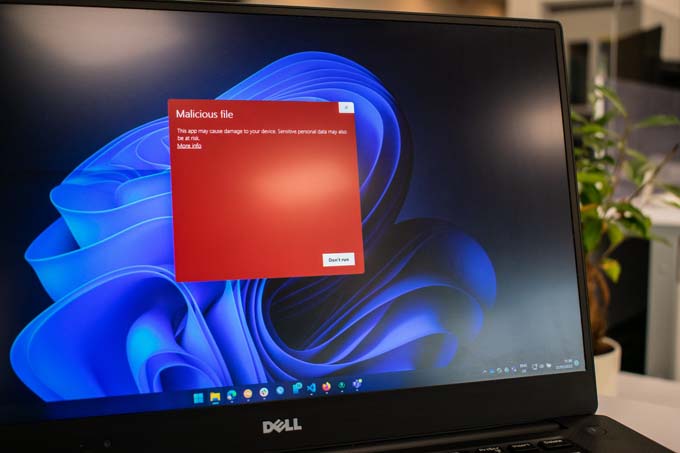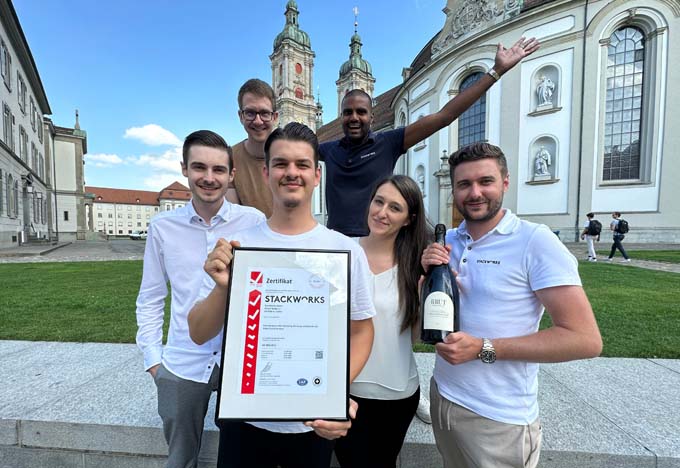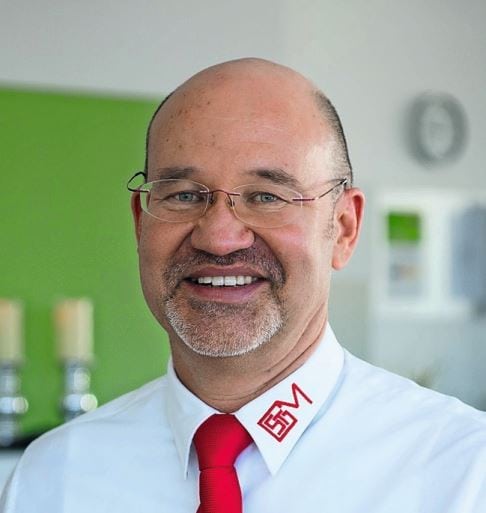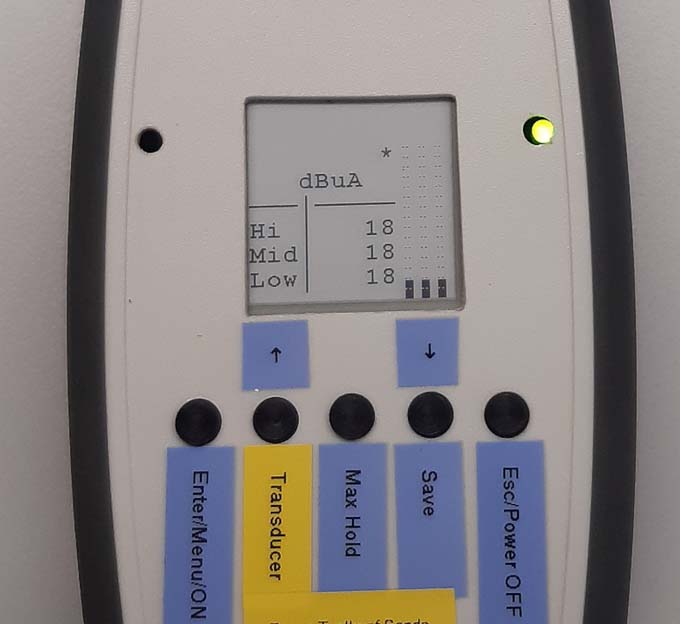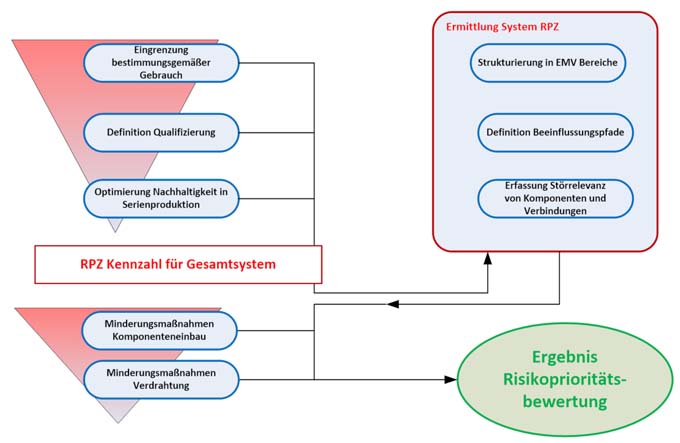Advertising for change
Charity campaigns and campaigning activities are no easy task for communications: they have to effect change using the simplest possible means, while remaining authentic, emotional - and different from anything that has gone before.

At this presentation, the Kongresshaus Zurich suddenly went quiet: When Tom Schwarz from Seven.One Ad Factory presented the flood wine campaign "Our Worst Vintage" at this year's Screenforce Day, he impressively showed what marketing can achieve in the hardest of times. The crowdfunding campaign for Germany's Ahr Valley, which was hit hard by floods in 2021, proves: creativity is crisis-resistant. The campaign sold quality wines from the region under the label #flutwein, which had become a rarity due to the floods - in original muddy bottles. This not only won the Grand Effie in Germany. But also more than 4.4 million euros in donations for those affected, countless contacts through press coverage, and a sustained increase in awareness of the Ahr Valley as a wine region.
A selfie - "backwards
A campaign that affects everyone and that everyone understands. And that's probably why it was so successful. It's a similar story for the winning campaign in the current Good Report 2022, a ranking by Act Responsible and the World Advertising Research Center (WARC) that honors the best campaigns and agencies for social and sustainable issues. As number one among the campaigns "for Good," the ranking selects the famous "Reverse Selfie" by Dove (agency: Ogilvy UK). With this, the cosmetics brand wants to draw attention to the dangerous beauty craze in social media - with a simple means: education. In the spot, the brand impressively showed the long story behind a supposedly perfect selfie and what the face behind it actually looks like. Ads were designed like a before-and-after comparison with and without filters. There was also an appeal to talk to your daughters about this topic, along with a comprehensive downloadable parents' kit that provided information about bullying, filters, social media and self-confidence. Result: more than 6 billion earned impressions, worldwide coverage, countless downloads. And above all, awareness of an issue where action is needed.
"... more than six billion impressions, but above all: awareness that there is a need for action."
Sensitive topics
This is also the case with cancer. It's a topic that poses a particular challenge for communication, reports Philipp Skrabal, Partner at Farner. "Cancer is unfortunately omnipresent, and many people have a painful connection to it. No one wants to be constantly reminded of it," says the advertiser, who was partly responsible for the "Recipes Rewritten" campaign for the Swiss Cancer League, which caused a stir throughout the country in 2021. This was achieved through an approach that does not aim for sympathy, but works with real insights from those affected - and thus not only tells a story, but also offers added value: Because a large proportion of cancer patients suffer from changes in taste as a result of the disease or therapy, Swiss celebrity chefs have adapted their signature recipes so that they taste good again to those affected. The recipes can still be viewed on the homepage - from baked tomato with burrata to grilled mini lettuce with sea buckthorn. The cinematic documentary resulted in a touching video - and an enormous media response. Farner speaks of a media equivalent value of CHF 1.6 million and a reach of 7.3 million.
"We were looking for a different approach than simply asking for donations. Rather, the goal was to use insights and dramaturgy to find a story that was so exciting that it would be picked up by the media. In this way, we got much closer to the target group than through the pity theme," says Skrabal. Instead of unpleasant feelings such as illness or death, the focus was on moments of enjoyment, on being together, on beauty. And in a way that everyone can relate to and that affects everyone in some way.
"We were looking for a different approach than just asking for donations."
The famous Ice Bucket Challenge
"The most important thing in motivating people to do something is emotion," confirms Peter Metzinger, who as "Mr. Campaigning" helps companies, associations and organizations to drive change (see free-standing interview). And in addition to emotions, says the expert, campaigns that want to make a difference for a good cause have to be as simple as possible.
That was probably one of the reasons why the world-famous Ice Bucket Challenge was so successful: The online hype from summer 2014, in which people were filmed pouring a bucket of ice water over their heads and sharing it on social media, went viral - 200 million US dollars in donations were collected, and even Eminem, Rihanna and many other celebrities took part in the campaign. A bull's eye, you might think. But there was also a problem: Many of the participants didn't even know that the campaign was intended to draw attention to a disease - amyotrophic lateral sclerosis (ALS) - let alone who the sender was. What it was actually about eventually melted away like the ice cubes above the followers' heads. "Social media makes such campaigns possible in the first place, but at the same time it also brings with it a disadvantage," says Philipp Skrabal: "Many who honor a campaign do so without knowing what it's actually about."

Emotion drives motivation
To ensure that the enormous effect does not fizzle out, a campaign must succeed not just in remaining a brief hype, but in embedding itself in all the measures of its sender. However, in contrast to classic marketing, "campaigns for good causes involve three stakeholders and not just two," explains Marianne Affolter, Co-Managing Director of Kampagnenforum: the sender, the target group - and the beneficiaries. "Campaigning is therefore even more dependent on effective storytelling than communication anyway: it must be told in a catchy and accessible way what the cause is, why it needs it, and how you can help." Only in this way can a charity campaign be anchored in the long term and sustainably - and find its way into daily awareness and concrete action, says Affolter.
When cooking, relatives think about the possibly altered tastes of those affected by cancer, omit certain ingredients and instead make greater use of other spices, then a campaign like Recipes Rewritten has achieved just that: a change in awareness - and perhaps a beautiful and happy moment for a loved one. And advertising can't get any better than that.
INTERVIEW
"Classic advertising speak doesn't work!"

Peter Metzinger launched his first campaign in the charity and NGO sector in 1982 - he has now been Switzerland's "Mister Campaigning" for more than forty years. What is important in his work?
m&k: Peter Metzinger, how do organizations make campaigning projects go viral?
Peter Metzinger: There is no recipe for success. But there are certainly factors that increase the likelihood of success for campaigns and change projects. Among other things, it is important to polarize. Don't be different, be completely different! To get people to do something, you also need emotions and a certain simplicity. It can also help to think in scenarios - from worst case to best case. And to think about strategies for how to react in each case.
How does campaigning differ from classic communication, which is mostly about selling as much as possible?
In campaigning, you want to get people to help you achieve your goals. If you want people to help you, you have to engage with them. To make the best use of your budget, you only want to use tools that really make a difference. Such campaigns can't be planned as far in advance as traditional marketing, but must be constantly adjusted to unforeseen events. After all, as soon as an interim goal is reached, the situation is no longer the same and there are often knock-on effects that cannot be foreseen.
The topics they deal with are usually quite sensitive: illness, politics, grievances. What does that mean for the creation?
It has to be much more empathetic. Classic advertising slogans that gloss over everything and the typical PR slogans don't work here. If you want people to listen and perhaps even sacrifice their free time or a donation for this purpose, you have to be much more responsive to your target groups and speak their very own language.








